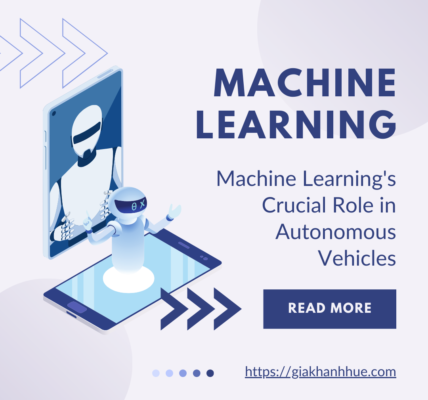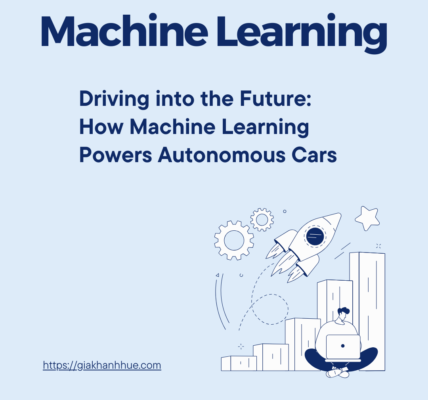The dawn of autonomous vehicles (AVs) marks a significant leap forward in the evolution of transportation, propelled by the rapid advancements in machine learning (ML) technology. This transformative era promises to redefine our travel experiences, enhance road safety, and usher in unprecedented efficiency in how we move. This article delves into the pivotal role of machine learning in driving the autonomy of vehicles, highlighting its impact and the future it foresees.
The Engine Behind Autonomy: Machine Learning
At the heart of autonomous vehicle technology lies machine learning – a branch of artificial intelligence (AI) that enables systems to learn from data, improve through experiences, and make decisions with minimal human intervention. Machine learning’s ability to analyze and learn from vast datasets has been instrumental in advancing AVs from mere concept to reality.
How Machine Learning Fuels Autonomous Vehicles
- Perception and Recognition: Machine learning algorithms are trained on countless images and sensor data, enabling AVs to accurately perceive their surroundings. This includes recognizing pedestrians, vehicles, and other objects, differentiating between them, and understanding road signs and signals, all in real-time.
- Decision Making and Control: Beyond perception, ML algorithms are pivotal in the decision-making process of AVs. By processing the data collected from various sensors and cameras, these vehicles can predict the actions of other road users, choose the safest and most efficient routes, and make split-second decisions in complex driving scenarios.
- Adaptive Learning and Improvement: One of the most significant advantages of machine learning is its ability to adapt and improve over time. As autonomous vehicles accumulate more driving data, ML models are updated, enhancing their accuracy and reliability. This continuous learning process ensures that AVs become safer and more efficient with every trip.
Challenges and Opportunities Ahead
While machine learning has significantly propelled the development of autonomous vehicles, several challenges remain. These include improving the reliability of ML algorithms in unpredictable weather conditions, ensuring cybersecurity, and addressing ethical considerations in decision-making processes.
Despite these challenges, the opportunities are vast. Machine learning will continue to play a crucial role in advancing autonomous vehicle technology, potentially reducing traffic accidents caused by human error, lowering carbon emissions through optimized driving, and providing mobility solutions for those unable to drive.
Conclusion
Machine learning’s transformative role in autonomous vehicles is undeniable. As this technology continues to evolve, it will further enhance the capabilities of AVs, making them smarter, safer, and more efficient. The journey towards a fully autonomous future is complex and fraught with challenges, but with machine learning at the helm, the possibilities are boundless. As we stand on the brink of this new era in transportation, it’s clear that machine learning is not just driving autonomous vehicles forward; it’s steering us towards a more innovative and sustainable future.



